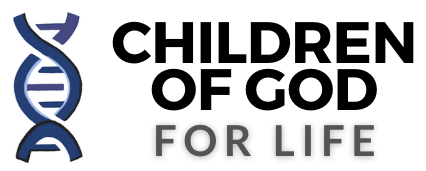The Bush Decision: Stem Cell Research – Questions and Answers
Q:What is the next step for stem cell research?
A: President Bush has allowed federal funding for embryonic stem cell research only if researchers use 64 existing lines of stem cells, already extracted from destroyed embryos. These lines have the ability to regenerate themselves indefinitely. However, some researchers have cast doubt on as many as one-third of the 64 stem-cell colonies, questioning whether they are sturdy enough to be useful.
Q: What are stem cell lines?
A: That’s the term for a group of isolated stem cells grown in the lab, derived from the original cell, sharing genetic characteristics. There are reportedly 10 laboratories in the United States, Australia, India, Israel and Sweden that possess these lines.
Q: What are the guidelines for federal funding?
A: Stem cells may be used if scientists have the informed consent of the donors, if the lines are from excess embryos created for reproductive purposes and if there has been no financial inducement to the donors.
Q: Why was it Bush’s decision to make?
A. According to the National Institutes of Health, Bush suspended the NIH’s guidelines for allowing federally funded research on stem cells harvested by private researchers from embryos created during in vitro fertilization. After ordering a scientific and ethical review of stem cell research, Bush chose to make the decision himself.
Q: How much money was allotted and who owns the existing lines of stem cells?
A: Under Bush’s policy, $250 million has been allocated. The Geron Corp., of Menlo Park, Calif., BresaGen,Inc., an Australia-based company with labs in Athens, Ga., and ES Cell International, of Australia, own 17 of the existing lines. Their identities were disclosed during an NIH press conference held by Health and Human Services Secretary Tommy Thompson. The NIH has not disclosed other names since the information is proprietary, according to an NIH spokesman.
Q: What is President Bush doing to ensure that no other stem cells will be used outside of the already existing lines?
A: The NIH says it plans to look at the source of the existing stem cell lines and create a registry. Bush has created a President’s Council on Bioethics, chaired by Leon Kass, an expert in biomedical ethics and a professor at the University of Chicago. Kass and his team will examine embryo and stem cell research, assisted reproduction, cloning, genetic screening, gene therapy and other ethical biomedical issues.
Q: What is Congress’ role?
A: Congress could pass legislation overturning President Bush’s decision, but it would be subject to a presidential veto. It will be clearer what the Senate and the House will decide to do when both chambers reconvene in September, according to sources in Congress.
— Christine Morente
Sources: NIH and White House Fact Sheet

God bless you both and your growing family! Your work has been appreciated beyond words. I look forward to your…
Science and medicine proclaim to want to save lives with sick innovation and research like we just read about but…
Want information to be in English
Dear GOD! Have mercy on this. Makes me want to vomit.